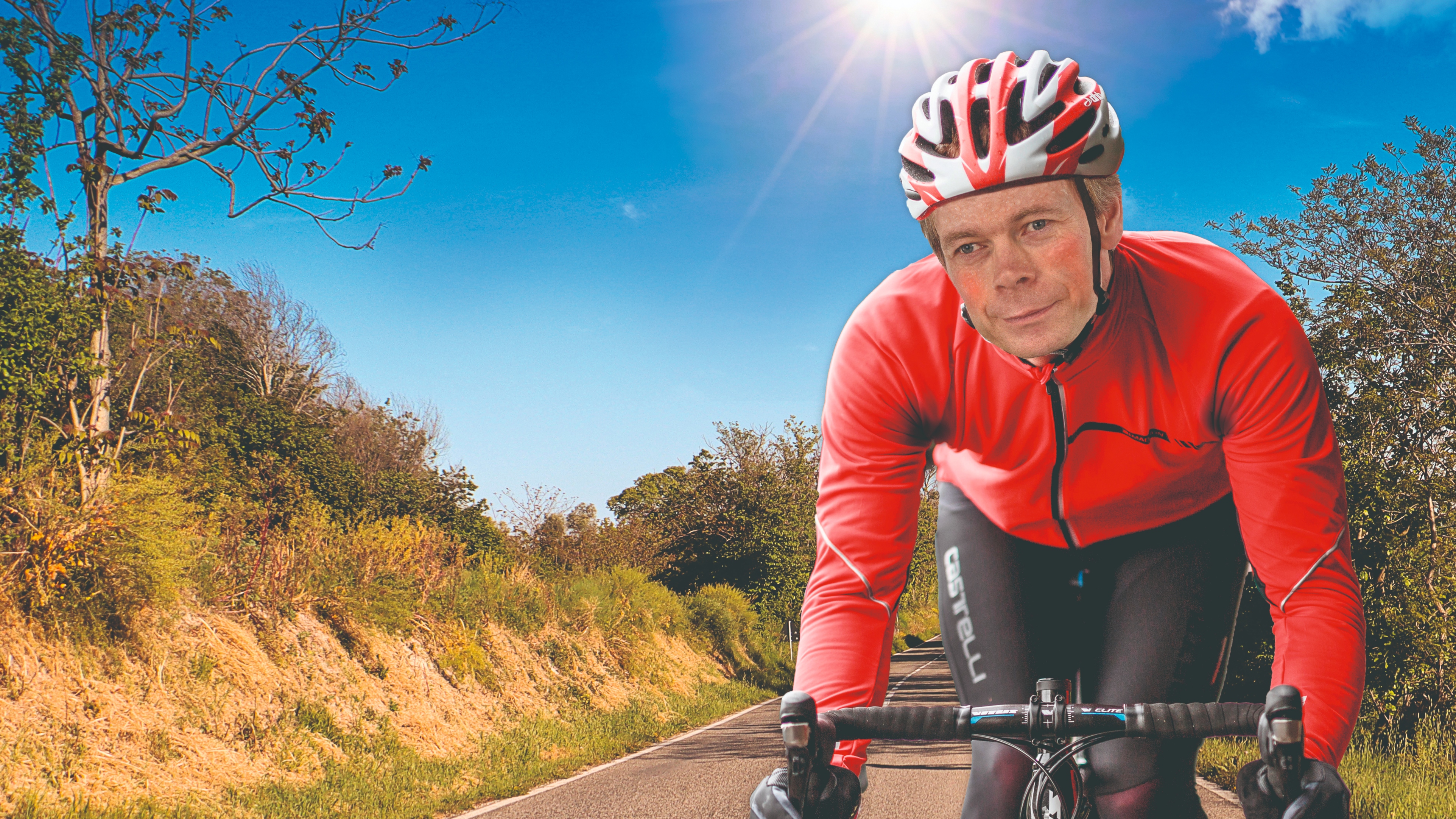
Late last year I wrote a column which in passing mentioned that, in my view, winter miles don’t count till after Christmas. This suggestion made several people very cross, and they got in touch to tell me so, which satisfied me greatly. For what it’s worth I have been re-assessing this opinion. My Christmas watershed is sliding rapidly Easter-wards.
An important element of any training programme is just how long you can put it off for. My first proper coaching relationship was with the British Cycling team coach Simon Jones. He said several wise things, two of which I remember clearly. One was, “Do you not think that if training was so great, I’d be doing some too?” The other was probably more helpful, and was, “The better an athlete is, the later they leave starting to train.”
Bike riders love winter training because while it is miserable it is not difficult. Thus it fulfils two ambitions we all hold dear, which are to be uncomfortable, but not to have to think too much. I know many, many riders who are winter training specialists. A few years ago one friend wrapped up his race season in July so he could start his winter training in August.
The problem is a simple one. If you’re getting things right, over a full training programme your form is either going up or going down. There may be a brief plateau of glory that ideally coincides with your season targets, but more likely coincides with falling off and breaking your collarbone. (Remember that you can always stake a claim for this plateau after you’ve fallen off – at this point no one can check, but you can still tell them how great you’d have been, and the etiquette of sympathy requires that they believe you.)
There’s only so long you can stay on the upslope. I did one serious race last year, which was the National 24-hour Champs. I started training eight weeks before. By race day I wasn’t at my best, which makes me think eight weeks wasn’t enough. But I wasn’t terrible either, which makes me think it was almost enough. Back when I raced a bit more seriously I reckoned 12 weeks was about as long as I could keep improving, and that seems to fit.
To make all the problems worse, most of us have a low boredom threshold. After a few weeks the urge to make winter more interesting comes along, and that generally means doing something harder, which stokes the fire of form a bit hotter. Many is the winter Zwifter who looks back at their stats for the year and realises they were at their peak in December, which is to say their best form of the 2024 season will have been in 2023.
If in doubt, let us look at the winter regimes of the old-school hard nuts. Jacques Anquetil, our main reference point for this sort of stuff, spent much of his winter doing half-assed circuit training in an embarrassing singlet. Maybe a bit of cross-country skiing. Perhaps some roller riding, which is a form of training with a resistance so low it barely even keeps you warm. If you’d told him you were spending every week from October onwards cranking out 500 km he’d have asked if you were sick in the head.
But I accept most of us want to do something. That’s why we’re bike riders – we like it. So given that, here are my winter training guidelines. First, the best way to improve winter training is not to do it in winter. Second, there is no ride too short, and no ride too easy. Third, congratulate yourself on doing anything at all, however little you deserve it. Fourth, it’s meant to be boring. Don’t try to make it interesting.






